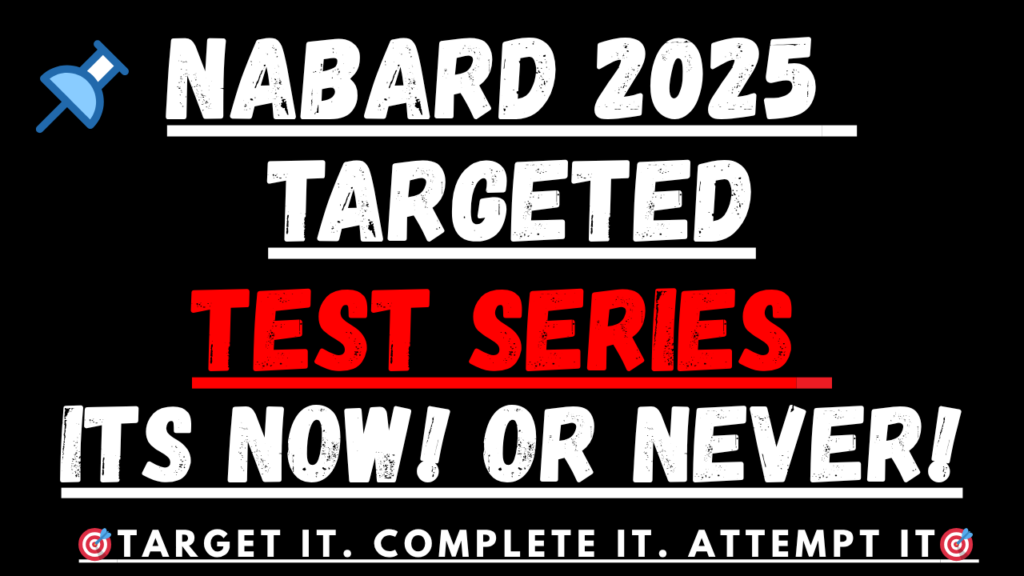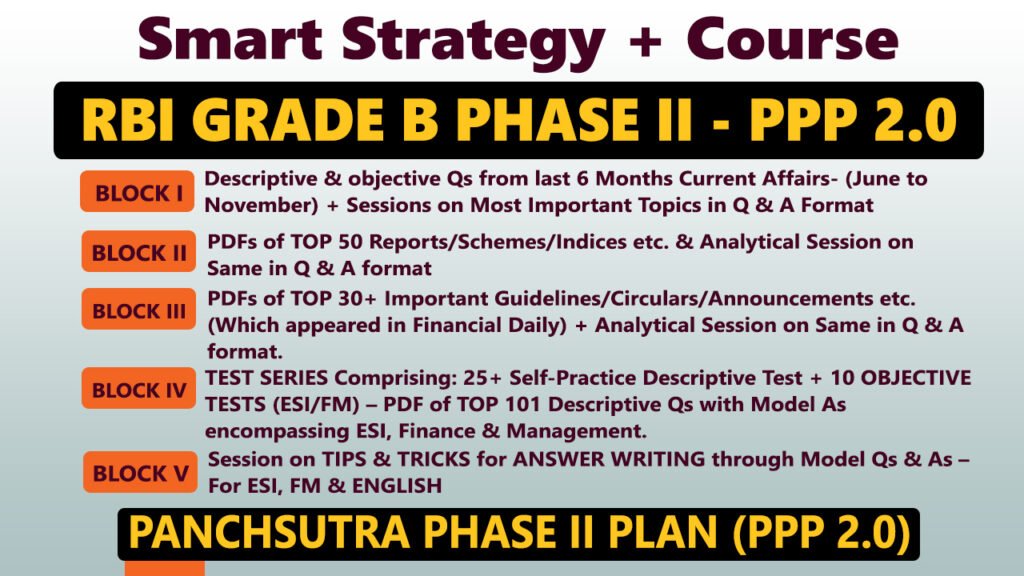Got Questions? We’ve Got Answers!
📚 Whether it’s about exams, career advice, or daily doubts, don’t hesitate—ask away!
💡 Daily Current Affairs for UPSC Quiz | Daily Quiz for UPSC
💡 Your Learning Partner Is Just a Click Away!
👉 Click here to Ask Your Question Now and get clear, reliable answers from experts.
Daily Current Affairs
29 July, 2025
1. Which system introduced by the Cholas is considered a proto-democratic electoral mechanism?
A) Sabha System
B) Mandala System
C) Kudavolai System
D) Ghatika System
E) Dravida Sabha
Answer: C) Kudavolai System
Explanation: The Kudavolai system was a proto-electoral mechanism used during the Chola period where representatives were selected using palm-leaf ballots. It is one of the earliest known examples of democratic practices in Indian history.
2. What was the primary objective of the Maharashtra Special Public Security Bill, 2024?
A) Ban all political rallies
B) Reduce police jurisdiction
C) Tackle Left-Wing Extremism and urban Maoist networks
D) Promote local governance
E) Reform education in rural areas
Answer: C) Tackle Left-Wing Extremism and urban Maoist networks
Explanation: The Maharashtra Special Public Security Bill aims to curb unlawful activities by Left-Wing Extremist (LWE) organisations and their alleged urban networks, sparking concerns over misuse and violation of civil liberties.
3. According to the SOFI 2025 report, which of the following statements about India’s food security is true?
A) No one in India faces hunger today
B) India’s diet is fully balanced with fruits and proteins
C) Rural areas face less food insecurity than urban areas
D) About 6% of Indians cannot afford a nutritious diet
E) India lacks any food grain surplus
Answer: D) About 6% of Indians cannot afford a nutritious diet
Explanation: The SOFI 2025 report highlights that about 6% of India’s population cannot afford a nutritious diet, despite surplus food grain stocks, pointing to distribution and affordability issues.
4. Under Project Tiger, how many reserves are currently active in India as of 2022?
A) 14
B) 28
C) 42
D) 58
E) 73
Answer: D) 58
Explanation: As of 2022, Project Tiger has expanded to 58 reserves across 18 states, covering around 2.5% of India’s geographical area.
6. What is the purpose of the RBI’s draft ECBA framework for co-operative banks?
A) Increase bank taxes
B) Streamline loan disbursement
C) Regulate branch expansion and infrastructure development
D) Mandate mergers of small banks
E) Abolish CRR requirements
Answer: C) Regulate branch expansion and infrastructure development
Explanation: The RBI’s ECBA (Eligibility Criteria for Business Authorisation) is designed to regulate Urban Co-operative Banks’ (UCBs) expansion, replacing the previous FSWM criteria.
7. What type of mutual fund has Bank of India Mutual Fund recently launched?
A) Large-cap equity fund
B) Balanced hybrid fund
C) Small-cap debt fund
D) Midcap equity fund
E) Global emerging market fund
Answer: D) Midcap equity fund
Explanation: BoI Mutual Fund launched a midcap equity fund aimed at capturing opportunities in India’s expanding mid-sized companies in sectors like finance, healthcare, and consumer goods.
8. The SPICE scheme by MSME Ministry promotes which of the following?
A) Start-up incubation in cities
B) Renewable energy for agriculture
C) Circular economy and waste reduction in MSEs
D) Tourism in tribal regions
E) GST refund acceleration
Answer: C) Circular economy and waste reduction in MSEs
Explanation: SPICE (Scheme for Promotion and Investment in Circular Economy) supports sustainable practices in micro and small enterprises (MSEs) with credit-linked subsidies for green technologies.
9. What is the objective of the course launched by IN-SPACe in collaboration with ISRO and Amity University?
A) Drone training for the army
B) AI applications in finance
C) Essentials of space technology in agriculture
D) Legal rights for farmers
E) Forest law enforcement
Answer: C) Essentials of space technology in agriculture
Explanation: The short-term course titled “Essentials of Space Technology in Agriculture Sector” aims to equip stakeholders with knowledge about satellite data, remote sensing, and GPS in farming.
10. Which of the following is NOT a focus of the agriculture space-tech course by IN-SPACe?
A) Satellite data use
B) Crop health monitoring
C) Drone warfare
D) Precision farming
E) Disaster response
Answer: C) Drone warfare
Explanation: The course focuses on peaceful agricultural applications of space tech like remote sensing, satellite data, and GPS—not drone warfare, which is military-related.



















